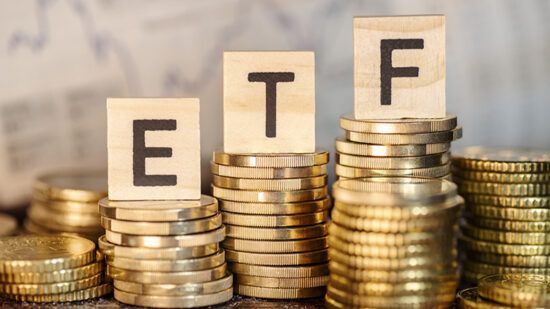
The unbridled Danish investor optimism, though, stands in sharp contrast with fixed income investors’ worries about the future of Danish mortgage bonds as an asset class..
Last autumn the European Banking Authority (EBA) proposed that Danish mortgage bonds should not count as first-class liquid assets,such as government bonds, even though the Danish mortgage bond market is larger than the local government bond market. The EBA proposal follows a long-standing dispute between Moody’s and Danish mortgage bond issuers.
The credit rating agency downgraded Danish mortgage bonds back in 2011, justifying their action using a similar liquidity argument. If the proposal is adopted, Danish investors will have to limit their mortgage bond holdings to a maximum of 40% of their liquid assets. This would force them to replace part of their mortgage bonds with lower-yielding foreign government bonds, as Danish fixed income investors now typically invest close to 70% of their holdings in mortgage bonds.
US, Europe and Japan equities
Developed market stocks remain popular apart from Japan
Following last year’s significant stock market profits, US and Europe equities remain on top of the buy-list of most Danish investors (see charts 2 and 3). Some 60% of interviewees will increase their allocations over the following

12 months. The investors our research team spoke to were positive about US growth prospects, seeing the country as the main driving force of growth, dragging other
regions such as Europe and Asia with it. So the Danes seem to be less concerned by talk about overvaluation of US equities than some of their European counterparts, as their appetite for this asset class is the highest since EIE started its research in Denmark in 2009. On the contrary, Danish investors are ready to invest in the entire spectrum of the US economy, wanting to increase allocation from small caps to large caps and from growth to value companies. Meanwhile, Japanese stocks remain unpopular (see chart 4), with 40% of respondents not even using the asset class at the moment.
Emerging market stocks

Division on China
The continuing popularity of Western stocks stands in marked
contrast with how Danish investors look at other equity markets. Appetite for emerging market equities decreased somewhat (see charts 5 and 6), with less than a third increasing their allocations. Investors are divided on the question whether to increase their allocation to China, though most seem to be hesitantly positive. One interviewee asserted that investors too often underestimate the Chinese ability to manage property bubbles,
stressing the country has mechanisms in place to feed the market with liquidity to prevent a housing bubble from bursting. Still, most investors seem to take a wait-and-see approach for now and are looking to increase their allocations only in Q3 and Q4 of 2014.
Corporate bonds
Credit back in favour
Appetite for developed market credit is witnessing a remarkable turnaround among Danish investors. Being hard-core fixed income investors by nature, the Danes seem to be the first Europeans signalling the end of a bond bear market. The Danes’ current appetite for high yield especially stands out (see chart 7), with 40% of respondents planning to buy more, the highest percentage in Europe. Some 20% of those interviewed by our researchers say they will increase their weightings in developed market corporate bonds (see chart 8), compared to 9% in the previous quarter. This perfectly balances with the number of people intending to sell. Together with the Swiss, Danish fund selectors are the only European investors without a net negative view on credit. The improving sentiment regarding bonds stands in marked contrast with that of Denmark’s Scandinavian neighbours, with the Danes living up to their image of the Nordics’ most cheerful people.
Emerging market debt
Out of favour

Not only have Danish investors’ attitudes towards developed market credit reversed, so have their views on emerging market debt (see chart 9). Last autumn, demand for EM sovereigns still proved resilient, and investors were looking to increase their allocations to emerging market credit. While developed market credit sentiment has improved considerably since then, EMD appetite has moved in the opposite direction. Danish investors traditionally allocate a considerable part of their portfolio to EMD, but have lately made conscious decisions to underweight their investments in the asset class. The passive nature of much of EMD investment seems to be behind this move. Interviewees, though, stress that the asset class has generated positive returns in the past, meaning that at some point new entry opportunities will arise.
Patrik Engström and Tjibbe Hoekstra, members of EIE’s research team, collected the information in this document through a series of interviews with senior fund selectors and asset allocators, plus publicly sourced data.











